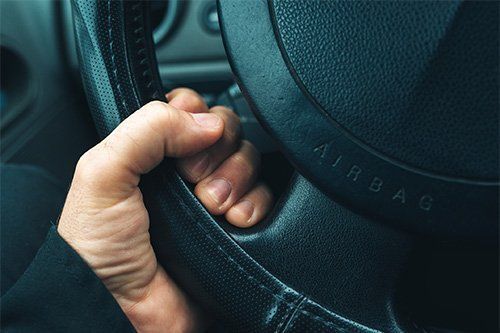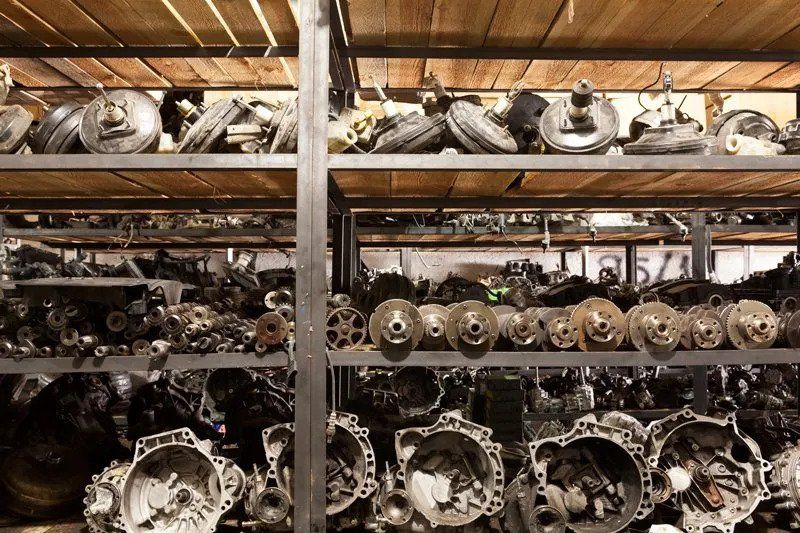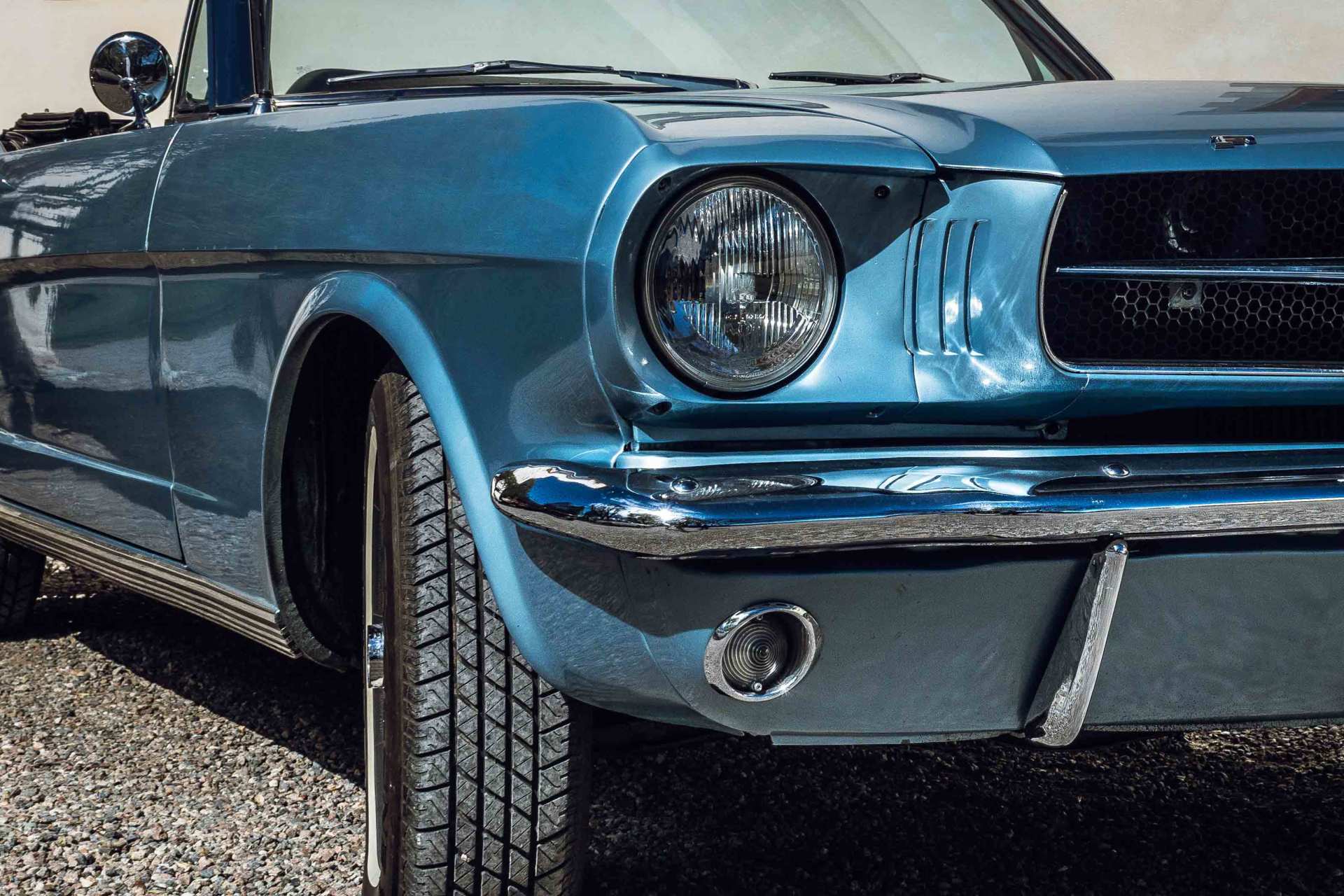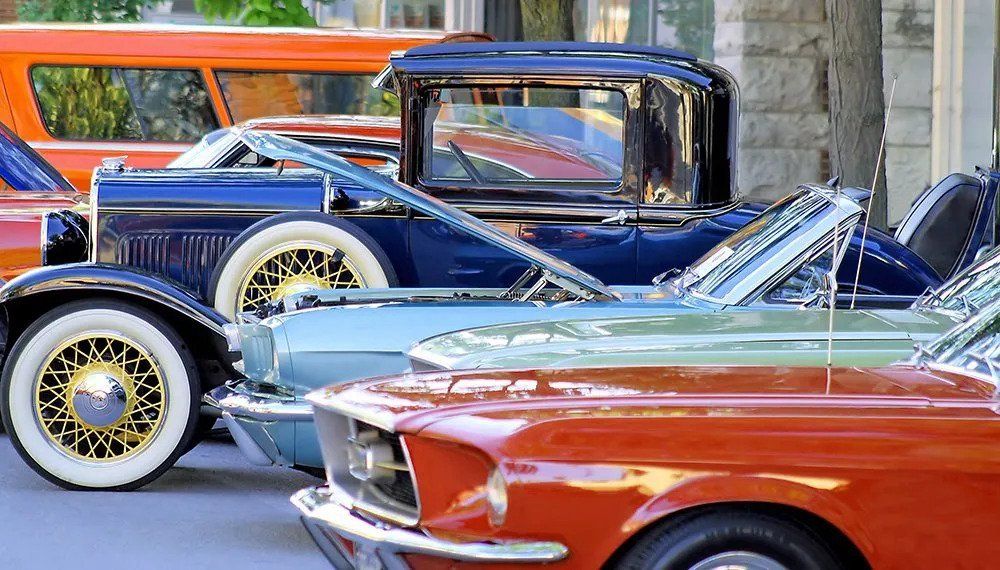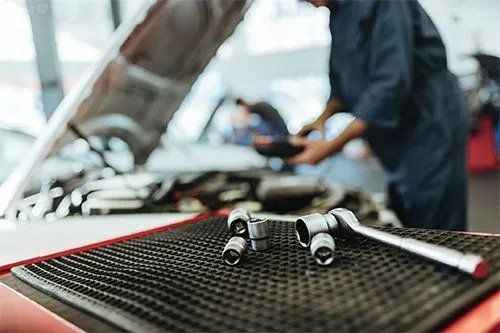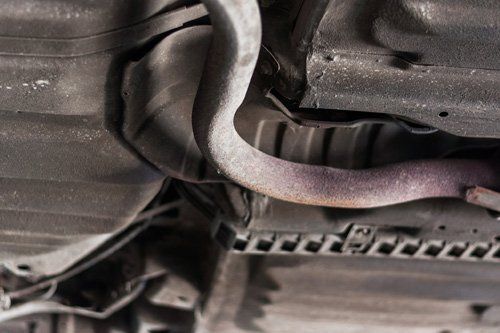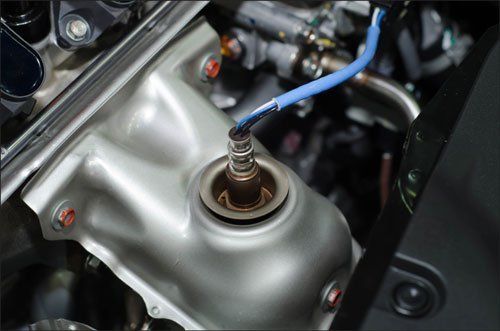The steering wheel accomplishes one of the most basic of all tasks for an automobile: guiding which way your wheels point. Behind this seemingly simple task lies a network of complicated components, each of which has an important role to play in guiding your car. Should any of these components fall into disrepair, the whole system may suffer the ramifications.
One of the most common signs that something has gone wrong in your steering system involves a steering wheel that feels loose in your hands. Such looseness usually manifests as a feeling of play, which can make it difficult to tell which way your wheels are turned. This article takes a closer look at the possible problems lurking behind this unsettling phenomenon.
1. Worn Out Tie Rods
Virtually all cars manufactured today contain a type of steering system known as rack and pinion. Rack and pinion systems utilize components known as tie rods in order to move the wheels. The tie rods, which sit at either end of the steering rack, push and pull the wheels in and out in conjunction with the movement of the steering wheel.
Tie rods tend to experience a lot of wear and tear as the years go on. Not only do the tie rods experience regular use every time you turn your wheel, but they also absorb a lot of vibrations moving up from the wheels. Popping curbs, hitting potholes, and getting in minor fender-benders can place a lot of stress on the tie rods.
Eventually, the tip of the tie rod - usually referred to as the tie rod end - wears out. Worn out tie rods can no longer ensure that your wheels stay exactly in place. As a result, you may begin to notice a variety of symptoms. You may find your car tends to pull to one side or that your tires wear down unevenly. In addition, you may notice that your steering wheel feels especially loose or shaky in your hands.
2. Worn Out Pitman Arm
The Pitman arm also plays a key role in creating a link between your steering wheel and your wheels. The Pitman arm connects directly to the steering box sector shaft. There, the Pitman arm works to translate the sector shaft's angular motion into the linear motion that controls your wheels. Don't worry too much if you find that explanation a little mystifying.
The key thing to understand involves how the Pitman arm behaves as it starts to wear down. Common symptoms of Pitman arm wear almost always involve the behavior of your steering wheel. You will likely find that your steering wheel exhibits looseness and excessive play. You may notice that you have to turn the steering wheel more than usual in order to get your wheels to respond.
Another sign of Pitman arm wear involves a tendency for your car to wander left and right while traveling down the road. Take your car to a mechanic as soon as possible. If your Pitman arm happens to fail completely, you won't be able to steer your car at all.
3. Worn Out Ball Joints
Excessive steering wheel play, looseness, and a tendency to wander right or left may also mean that your car has problems with one or more of its ball joints. The ball joints connect your car's control arms to the steering knuckles. In addition to unusual steering wheel behavior, a worn out ball joint may also lead to odd clunking noises, uneven tire wear, and excessive vibrations.
Car owners often put off replacing worn steering system components because of the high costs involved. Fortunately, you can enjoy significant savings by purchasing a quality used part from a reputable dealer. For more information about how to get the right part for your car, please
contact Corpus Christi's experts at Advantage Salvage & Auto Parts LLC.
A rebuilt engine isn't the most common car repair, but there are a few times when a rebuild is the best repair for the situation. Learn more about them.
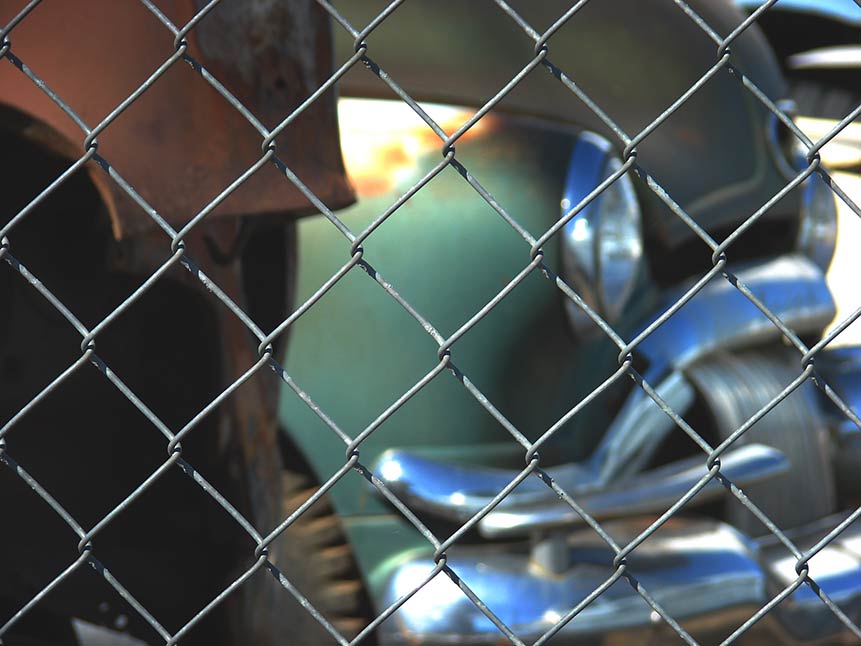
Salvage auto part yards are a source of great bargains for those who want to replace parts on their vehicles. However, those who have never purchased from a salvage yard before should learn a few things about how to do business with a salvage yard. The following are six mistakes you need to avoid if you go to a salvage yard to look for used auto parts.

